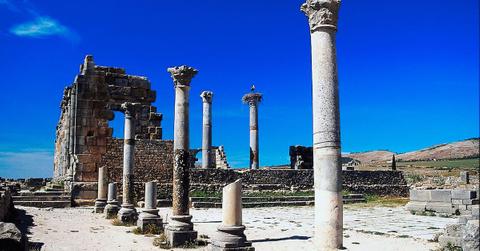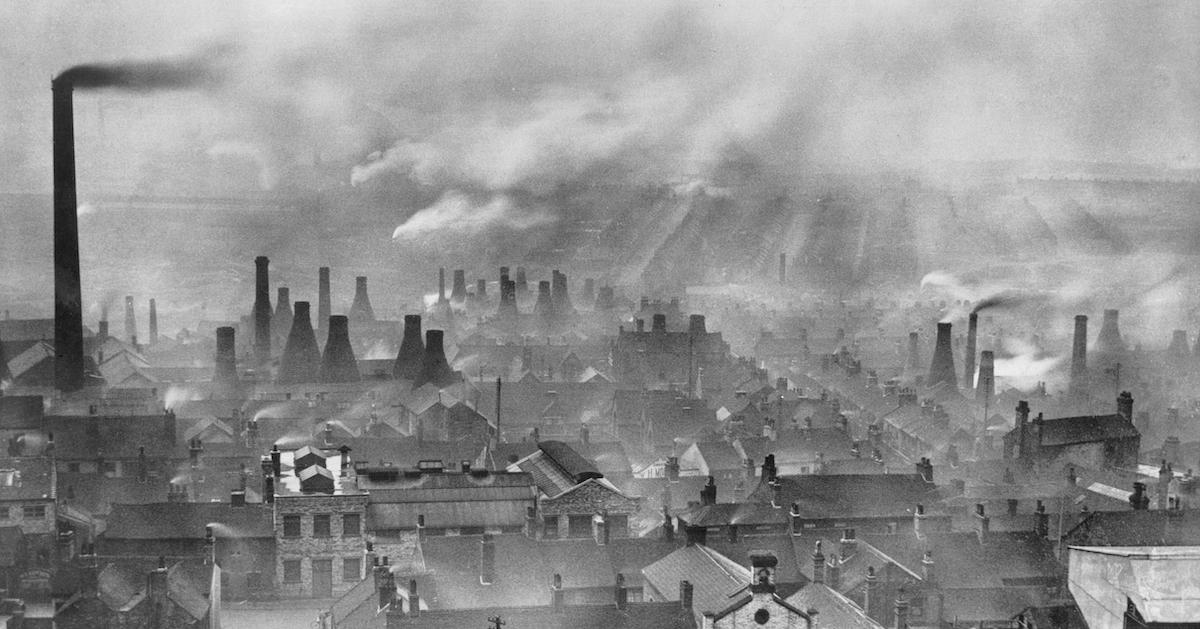A 12,000-Year-Old Human Burial Site Shows the Detrimental Effects of Lead Pollution
Published Aug. 23 2021, 1:15 p.m. ET

Although many tend to think of the Industrial Revolution as society's introduction to refining metals, the heavy metal industry has actually been alive and well for thousands of years — which means humankind has been exposed to all related pollutants for quite a while. Recent studies from a human burial site from 12,000 years ago gave scientists insight on how lead pollution has affected societies over the course of thousands of years, and the results were shocking.
"This documentation of lead pollution throughout human history indicates that, remarkably, much of the estimated dynamics in lead production is replicated in human exposure," Yigal Erels, a Hebrew University geologist told ScienceAlert in regards to the study. "The close relationship between lead production rates and lead concentrations in humans in the past, suggests that without proper regulation we will continue to experience the damaging health impacts of toxic metals contamination."

Burial site shows how lead poisoning has affected society over time.
In a study, scientists analyzed 132 bodies from a 12,000-year-old burial site in Sardinia, per ScienceAlert, which showed that people have absorbing toxic lead particles for centuries. Even those who weren't involved in the mining or smelting industry still had lead particles in their livers, kidneys, and bones from simply breathing, showing that lead production affects even those who weren't part of the production process. Even low level exposure can accumulate and result in neurological problems and organ damage.
Previous studies have shown that human lead levels have oscillated over the last several years, based on different trends — they were high in Ancient Rome due to the start of coin production. Then, they started to fall, but picked back up when silver production rose in Germany. Scientists now worry that lead levels in the human body will skyrocket in the next 20 years, due to increased demand for lead, cobalt, and nickel, for electronic, battery, and solar panel production.
This is making scientists think more about how — if we continue our industrial practices as they are — it could affect future generations for years to come.
"Simply put: the more lead we produce, the more people are likely to be absorbing it into their bodies. This has a highly toxic effect," Erels told ScienceAlert.

For a while, some thought lead production ended in Ancient Rome's demise.
A 2014 article from Science Shot ponders if the downfall of Ancient Rome was entirely due to lead poisoning. At the time, people drank out of lead vessels, and heavily relied on lead pipes to carry water into their homes. They also exclusively drank water from the harbor basin at Portus, which supposedly has about 100 times the amount of lead as a natural spring. So, was it ultimately lead poisoning that wiped out the Ancient Romans?
Although the lead contamination clearly would have done a number on the Roman people, experts believe military collapse and war was still largely to blame. However, the effects of pollution clearly steam from a vicious and fatal cycle, and therefore, it's up to us to protect the downfall of future generations.